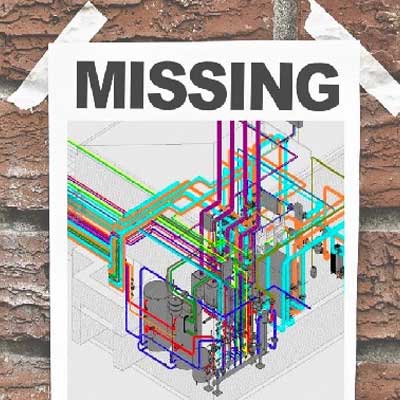

L&T Consolidates Its Realty Operations Under One Entity
Larsen & Toubro has approved the transfer of its Realty Business Undertaking to its wholly-owned subsidiary, L&T Realty Properties Ltd, through a slump-sale via a Scheme of Arrangement. This marks the first phase of a broader consolidation strategy aimed at placing all real estate assets under L&T Realty, creating a single, future-ready development arm capable of leveraging India’s expanding property market. The unified structure is expected to enhance scale, agility and financial resilience as L&T Realty expands its project pipeline, strengthens land acquisition and accelerates joint devel..

India Opens Longest Precast Cut-and-Cover Tunnel
India has inaugurated its longest precast cut-and-cover tunnel, a 920-metre structure located at an altitude of 12,300 ft (3,750 m) in a sensitive border region. The project was formally opened on 7 December 2025 by Defence Minister Rajnath Singh. The tunnel is designed to improve troop movement, strengthen supply lines and bolster operational readiness in challenging high-altitude terrain. The company has expressed gratitude to the Ministry of Defence and the Border Roads Organisation for their support and guidance, noting that it is honoured to contribute to a project of such strategic sign..

Thermax Marks 30 Years of Listing on NSE
Thermax has celebrated 30 years of its listing on the National Stock Exchange with a ceremonial bell-ringing event held in Mumbai. The occasion brought together NSE MD & CEO Ashishkumar Chauhan, Thermax Chairperson Meher Pudumjee, Managing Director and CEO Ashish Bhandari, board members, senior leaders and key stakeholders who have supported the company’s journey. Listed on 30 August 1995, Thermax has evolved from a packaged boiler and heating equipment manufacturer into a global provider of energy transition and sustainability solutions. Established in 1966 as Wanson India by the late A S ..

















